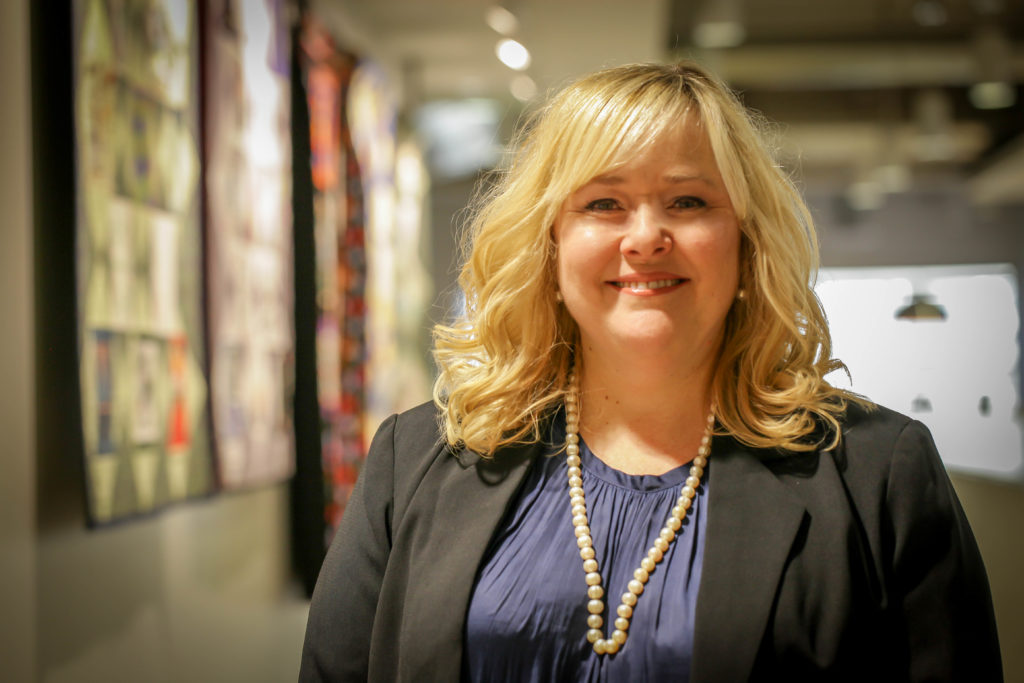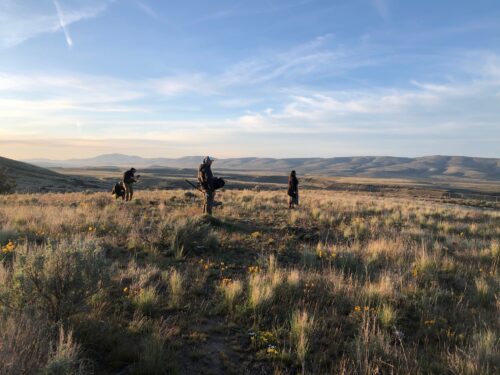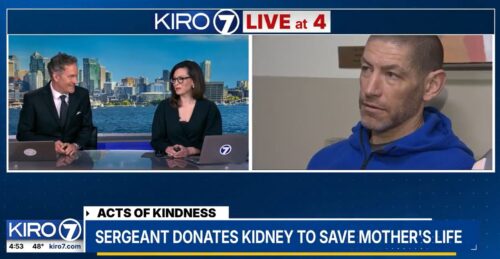LifeCenter celebrates its silver anniversary this year. That’s right—25 years of saving lives!
LifeCenter Northwest was founded in 1997 and recovered 254 organs from 91 deceased organ donors that year. Today, thanks to innovation, resilient staff, strong hospital partnerships and community altruism, we honor the decisions of hundreds more donors and save nearly 1,000 lives each year through the gift of organ donation and countless others through tissue donation.
One of our first employees was Candy Wells, who now is Director of Organ Utilization. Early in her career, Candy worked at Sacred Heart Medical Center in Spokane, Wash., as an Organ Procurement Coordinator. At the time, the medical center was an organ procurement organization known as Sacred Heart Organ Procurement Agency (SHOPA). According to the Spokesman-Review, Sacred Heart Organ Procurement Agency handled donations in Eastern Washington and the Idaho Panhandle. In 1996, the agency placed more than 80 organs from 24 donors. Fifty people were on the waiting list. Another agency based in Seattle was Northwest Organ Procurement Agency (NOPA), which handled donations in Western Washington, Alaska, part of Idaho and all of Montana.
In the summer of 1996, the federal Health Care Financing Administration established size and performance guidelines for organ agencies. As a result, the Spokane and Seattle agencies were required to consolidate their efforts by the end of the year. It was the only merger ordered in the nation.

“SHOPA actually met the performance metrics and NOPA did not,” Candy shares. “It made sense for the merger to happen since SHOPA was a small hospital-based OPO in the middle of NOPA’s DSA. Consolidation offered the ability to better serve the region.”
The Merger That Started It All
In January 1997, Sacred Heart Medical Center merged with Seattle-based NOPA to become the regional OPO and LifeCenter Northwest was born. The result was a streamlined approach between the agencies. The formation of LifeCenter Northwest also meant a unified local waiting list for the Pacific Northwest. As the single new agency, LifeCenter Northwest initially had about 1,100 people on the regional waiting list. When LifeCenter was first formed, there were 66 OPOs nationwide; today there are 57 OPOs.
It was actually Candy who came up with the name of our organization!
“We were trying to figure out a name and LifeCenter Northwest was an idea I had and the CEO selected it,” Candy recalls. “The original was LifeCenter Northwest Donor Network, I believe, and the logo was a bit maritime.”
Candy initially worked as an Organ Recovery Coordinator (ORC) and then served as Hospital Development Manager before leaving in 1999; she worked in tissue donation for 12 years before returning to LifeCenter Northwest.
“When I moved from Spokane to Seattle, we had six ORCs including me,” she notes. “There were two ORCs in Spokane and two in Billings. I would estimate we had 30 people at most.”
Today, LifeCenter has 200 employees and additional growth is anticipated this year.
The Early Days of LifeCenter Northwest
Bill Goe was another one of our first ORCs, originally based in Billings before moving to Spokane. He notes that an ORC had multiple responsibilities. “When not on a case, we were handling hospital development—things like chart review and in-service days, and we handled community relations.”
LifeCenter’s first website noted offices in Mercer Island, Anchorage and Spokane. We now have six locations, including Bellevue, Anchorage, Missoula, Spokane, Edmonds (a tissue recovery suite), and Harborview.
“That Mercer Island location was a storefront with only two windows — one in the reception area and one in the conference room,” Bill recalls. “No one, including the CEO, had a window in their office. Also, depending on the weather, the lab would flood on occasion.” Ed Huppman, (currently, the President & CEO of Life Alaska Donor Services) was director of the Sacred Heart Medical Center program and became LifeCenter Northwest’s first Executive Director. His early goals were to bolster efforts to educate people about organ donation, recruit donors and lobby for new laws.
Close relationships with hospitals have been developed over the years. Bill recalls that in the organization’s early years, Surgical Organ Recovery Specialist (SORS) Jim Kisthard was not allowed in the operating room until after a surgeon recovered the liver from an organ donor.
“We’ve had some uphill battles,” Bill notes. “But Jim, Les and Grant showed they were experts in what they did—with Jim and Les having recovered more organs than anyone else in the world. It took time for surgeons to realize that LifeCenter Northwest could recover organs, that our teams did it in a more timely and more efficient manner, and that we were able to place organs that the surgeons otherwise would have discarded. Our SORS [surgical specialists] worked carefully with operating room staff to make them comfortable with recovery, help them feel engaged and educate them along the way.”
Many changes have occurred over the years. Bill shares that we now have broader organ acceptance criteria, have more protocols and use evidence-based practices instead of “this is the way we’ve always done it.” Another change came in 2009, when LifeCenter Northwest’s tissue recovery work began. The result of progress? We are able to save more lives each year.
Early News about LifeCenter Northwest:
Norwegian Family Turns Tragedy Into Gift of Life (April 27, 1997, Associated Press / Los Angeles Times)
Lung recipient waits to thank Norwegian donor’s family for breath of life (June 14, 1997, Deseret News)
Norwegian Family Turns Tragedy Into Gift of Life (April 27, 1997, Associated Press / Los Angeles Times)






